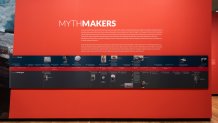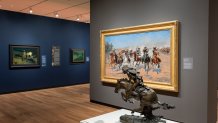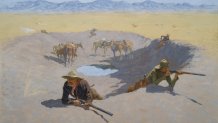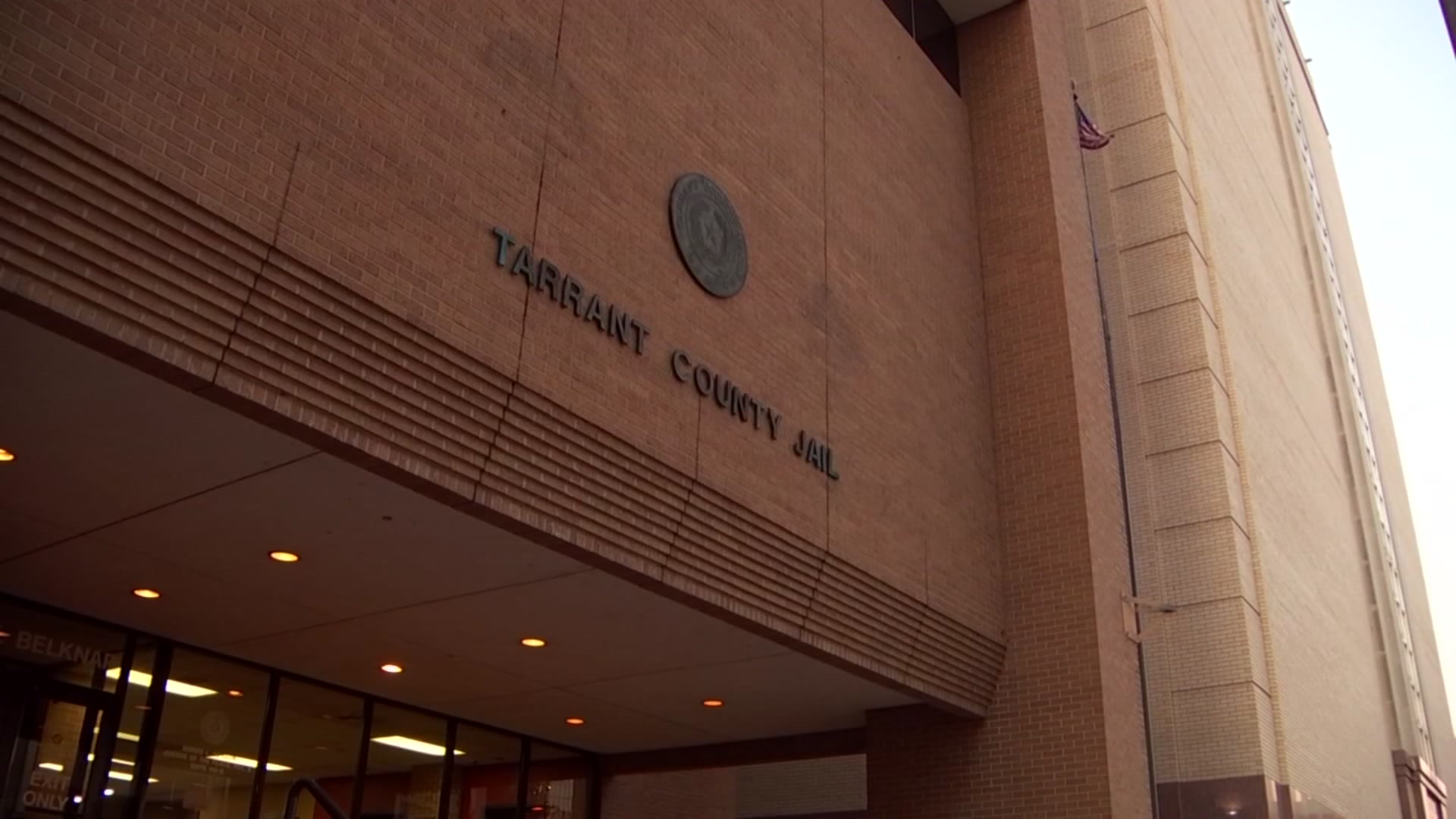
Frederic Remington visited Fort Worth in the summer of 1888 and was not impressed.
“This is a miserable little frontier town with a little hen coup of a hotel and I’m nearly starved to death,” the artist wrote in a letter to his wife, complaining about Texas’ heat, mosquitos and food.
Remington would appreciate Fort Worth’s urban development and Mythmakers: The Art of Winslow Homer and Frederic Remington, an exhibition proving first impressions are not everything.
The Amon Carter Museum of American Art is the last stop of Mythmakers’ national tour. The exhibition, organized by the Carter, the Denver Art Museum and the Portland Museum of Art in Maine, will be on view at the Fort Worth museum Dec. 22 – Feb. 28.
The exhibition features 70 works by two artists popular in their lifetimes, coupling their iconic works with underexplored aspects of their shared experience during this distinctive era of American history.
“We’re exploring the mythology that surrounds these two American artists,” Maggie Adler, Curator of Paintings, Sculpture, and Works on Paper at the Carter and co-curator of this exhibition said. “These are two American artists who were talked about the same way by critics as quintessentially American, as self-taught, as representative of their era in an idiosyncratic singular way.”

A timeline at the beginning of the exhibition establishes the historical context of Homer and Remington’s work. Both artists were observers of war and witnesses to the horrors of Native displacement. Both men understood brand management and knew how to cater to masculine anxiety in an increasingly industrialized and urban world.
Local
The latest news from around North Texas.
The exhibition offers a contemporary perspective of these iconic works with commentary from a war veteran, a photojournalist, several contemporary artists, a renowned historian of Black cowboys and the origins of country music, an artist and former rancher, a veteran organizer and members of the Mi’kmaq and Comanche nations.
“It’s really important to me to bring it into the present day and understand what people in today’s society would think of these artistic productions,” Adler said.
Homer and Remington worked as illustrators for Harper’s Weekly, covering war. Homer followed the Civil War and Remington was assigned to the Spanish-American War. It was assumed what Homer and Remington captured in their work was reported in photographic detail.
“This is simply a myth because when you look at these paintings, they are as notable for what they leave out as what they put in,” Adler said.
Their work became rooted in practicality and direct storytelling. “They learned through the process as illustrators what the public wanted,” Adler said. “And they learned how to communicate effectively and concisely, and I think that continues throughout their painted work that they are really good editors.”

The exhibition’s most recognizable works depict adventurous scenes that looked like they were ripped out of a John Ford Western, capturing the imaginations of New York businessmen toiling in offices.
“We talk about this exhibition as being full of a lot of testosterone because this is part of the concern at the turn of the century is that business and industrialization is making men weaker. So how do you create a nature of heroism at that time?” Adler said. “The idea is to create a new model of masculine heroism.”
The exhibition explores the themes of man versus man and man versus nature. In Fight for the Watering Hole, men protect a small water source, a scarce resource in a dry land. “You can feel the heat of this painting. You can feel the danger of this painting. Part of what both of these artists are doing is capitalizing on the tastes for drama, for excitement, for adventure,” Adler said.

For all these scenes of danger and exaggerated masculinity in the American West, these two artists lived in New York, experimented in a variety of artistic styles, and took refuge in the wilderness closer to home. Homer was an outdoorsman with a keen eye for fish and Remington considered the Adirondack Mountains his Giverny. “I think people will be very surprised by these Impressionist studies that Remington did up in the Adirondack Mountains of upstate New York,” Adler said.
The exhibition concludes with the artists’ interpretations of modern life’s anxieties fueled by the rise of technology and a disconnect from the land.
“Both artists turn to the night. They turn to experiments with psychology. They remove the figures even from the painting, so it becomes about animals or solitary animals,’ Adler said.

The subtle works reveal these celebrated artists as experts at their craft, debunking one final myth. “There’s room for popularity and skill and consideration as a fine artist,” Adler said.
Learn more: https://www.cartermuseum.org/



